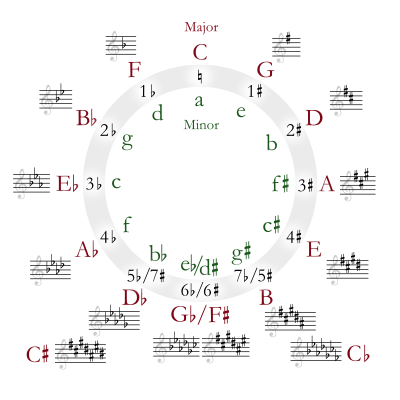kypfer
Well-known member
- Joined
- Sep 27, 2013
- Messages
- 1,352
- Reaction score
- 79
Sorry for the meaningless title ... what I'm trying to establish, is there a rule/convention for when one should notate an accidental as either A# or Bb (for instance)?
For whatever reason, I can "see" a Bb and play it without hesitation, but an A# in a score can make me stumble ... F#-Gb can be the same, there are probably others
I understand, in the world of "fretless perfection", A# can be a different note to Bb, but for us in the equal-temperament world they're much of a muchness
Any insight would be appreciated
For whatever reason, I can "see" a Bb and play it without hesitation, but an A# in a score can make me stumble ... F#-Gb can be the same, there are probably others
I understand, in the world of "fretless perfection", A# can be a different note to Bb, but for us in the equal-temperament world they're much of a muchness
Any insight would be appreciated

